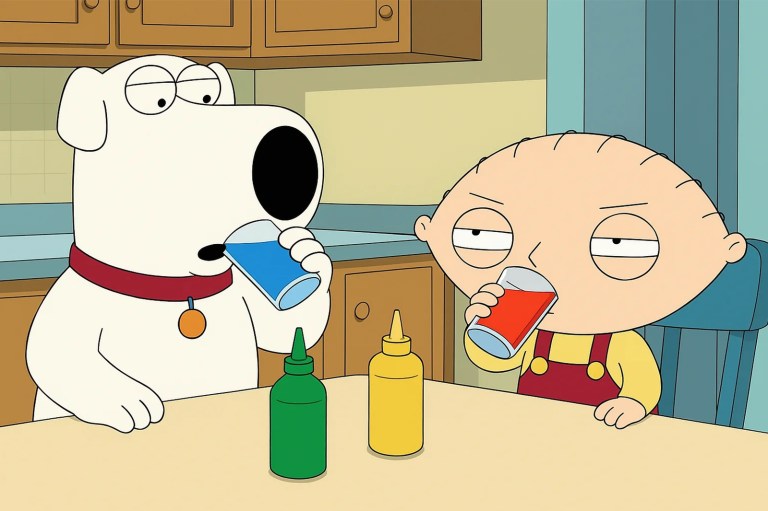
The FDA Is Phasing Out Artificial Food Dyes—See Which Of Your Favorite Snacks Will Be Impacted
FDA Commissioner Dr. Marty Makary announced today that the government agency will move to phase out the use of eight petroleum-based synthetic food dyes by the end of year, requiring food and beverage companies like PepsiCo, General Mills, and WK Kellogg to reconfigure some of their most popular recipes.
Which of you favorite snacks will be impacted?
Maybe you’ve heard of Red No. 3, which the Biden administration started the process of banning after it was shown to cause cancer in rats. Now the Trump administration is looking to add Red No. 40, Green No. 3, Yellow No. 5, Yellow No. 6, Blue No. 1, Blue No. 2, Citrus Red No. 2, and Orange B to the list.
Maybe these colors and numbers mean nothing to you, but you still know how to recognize them in the wild. Your gas station favorites like Flamin’ Hot Cheetos, Mountain Dew Baja Blast, or Skittles all contain those bright fluorescent colors you can’t recreate in your home kitchen, and their manufacturers will now have to turn to alternative ingredients as a result.
The FDA will seek to authorize natural color additives that can be used as a replacement. Though not necessary for flavoring, studies suggest that the color of our food impacts its appeal, and potentially our appetites.
Makary referenced studies linking the dyes to other health conditions including attention-deficit/hyperactivity disorder, obesity, diabetes, cancer and gastrointestinal issues.
Other scientists disagree about the health impacts for humans. In ABC’s coverage of the news, Medical Correspondent Dr. Darien Sutton shared the following:
There are animal studies that show that food dyes have been associated to outcomes such as cancer. But the FDA maintains that these studies have not shown sufficient evidence that that harm could be effected in humans.
“When you look at the overall evidence it is difficult to see a clear cause and effect, but if there’s no clear benefit when adding something like a food additive other than making food look better, then many argue let’s just simply take it out.
Some states have already taken measures to remove dyes from specific foods, but this latest announcement would herald a national standard for the largest food and beverage companies to adhere to moving forward.











